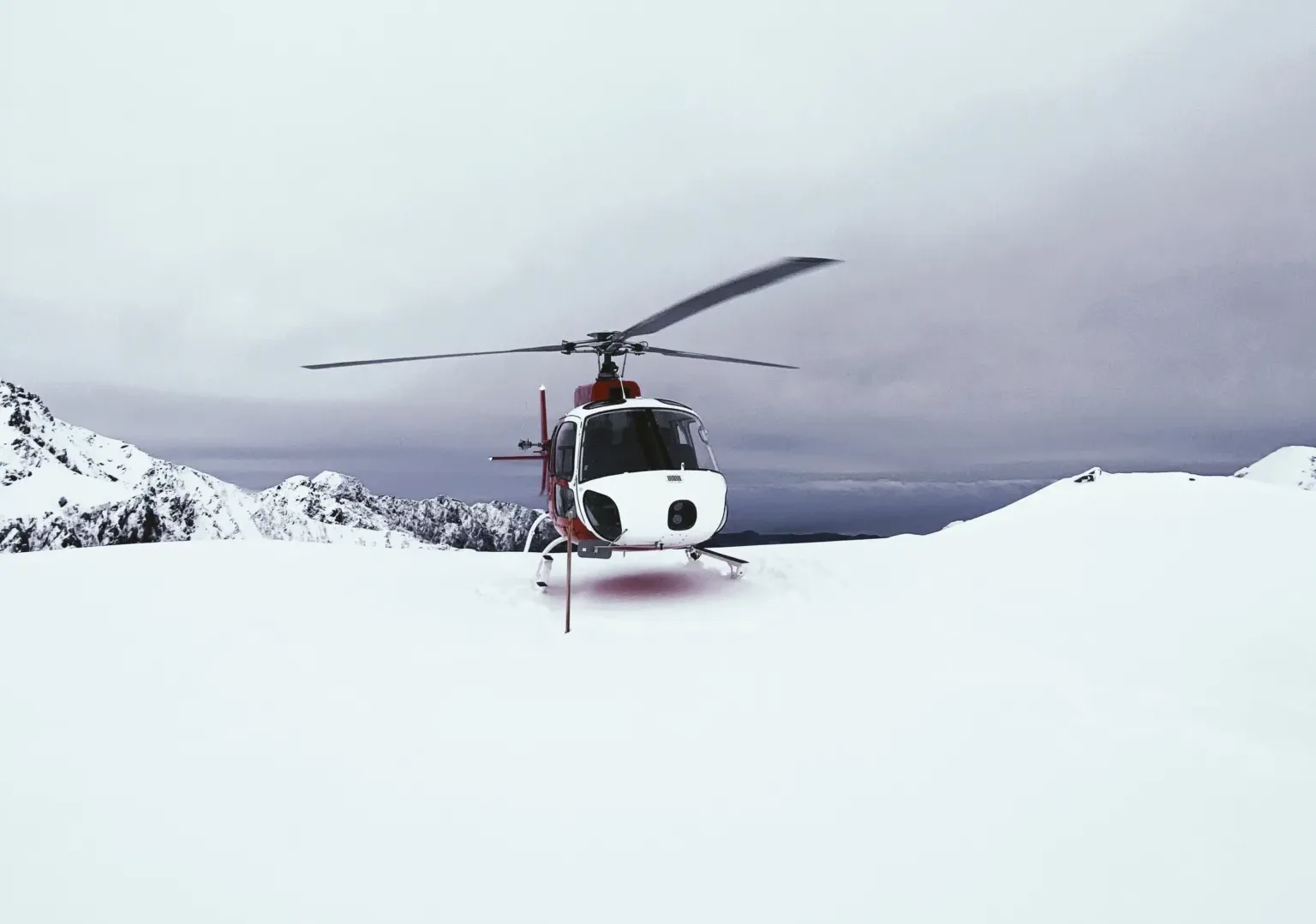
Flying a helicopter through the seasons
Piloting a helicopter is a captivating and demanding adventure. Pilots of these aircraft are constantly faced with unique challenges, and this article explores in detail the essential adjustments they must make to ensure the safety and efficiency of their flights throughout the year.
Understanding the seasons is a crucial step. Each time of the year presents distinct meteorological characteristics, from the high temperatures of summer to the frequent showers of spring, and pilots must be fully aware of these nuances to navigate safely.
Anticipating climate changes and adjusting flight plans accordingly are fundamental elements of this safety approach.
Flying a helicopter throughout the seasons brings its share of adaptations, and that’s what we’ll show you throughout this article:
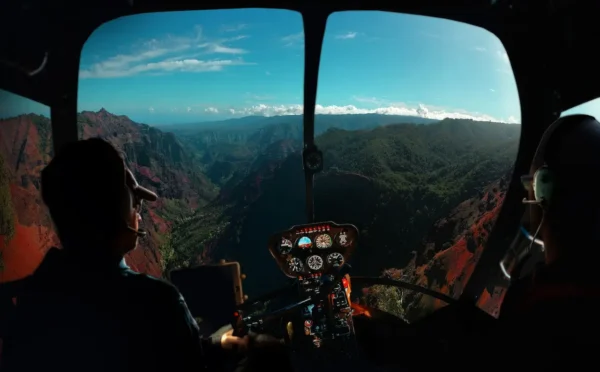
Flying a Helicopter in Spring
The arrival of spring marks a delicate transition period for helicopter pilots. Within this season of perpetual renewal, several elements require special attention.
First and foremost, pilots must be constantly vigilant about the rapid temperature changes that characterize spring. Sudden variations can have a significant impact on air density, thereby influencing helicopter performance. This constant vigilance is essential for adjusting flight parameters in real-time and ensuring optimal aircraft control.
Frequent showers are also an integral part of the spring landscape. Rain can alter visibility and make flying conditions more complex. Pilots must anticipate these weather changes and adjust their approach accordingly. Increased caution during showers is crucial for maintaining high levels of safety.
Snowmelt presents another notable challenge in spring. This transition from winter to milder temperatures brings about changes in flying conditions. Pilots must be prepared for changes in topography, with potentially flooded areas or shifting terrain. This evolving landscape requires constant updating of flight plans to avoid unexpected surprises.
Adaptability remains an essential skill for pilots during this spring transition period. Fluctuating weather conditions and changes in the environment demand constant responsiveness. Pilots must be prepared to adjust their routes, altitudes, and flying techniques based on the variable elements encountered in the spring skies.
In summary, navigating the delicate transition of spring requires a combination of vigilance, foresight, and adaptability. Pilots who master these skills can successfully navigate through this dynamic period, seizing the opportunities offered by the season while ensuring optimal safety.
Flying a Helicopter in Summer
Summer brings its own set of distinct challenges for helicopter pilots, requiring careful preparation and constant adaptability to ensure the safety and efficiency of flights. This summer period can be both exhilarating and demanding, and pilots must be ready to face the specific challenges that arise.
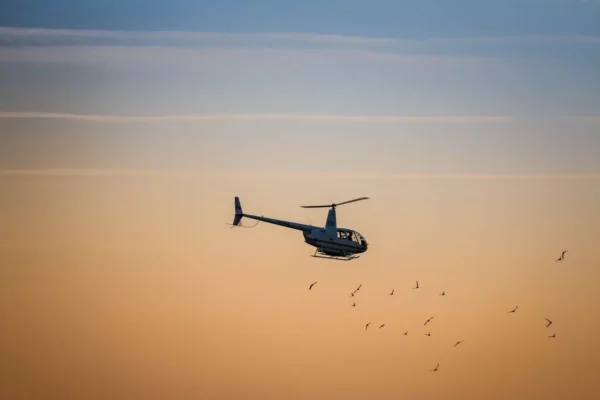
Anticipating high temperatures is the first crucial step. In summer, pilots must be aware that high temperatures affect air density, which directly impacts helicopter performance. The power and efficiency of the aircraft may be reduced, requiring constant adaptation to maintain optimal control. Pilots must adjust their performance calculations to account for this decrease in atmospheric density.
Thunderstorms and turbulence are frequent companions during the summer season. Intense heat can generate conditions conducive to the formation of thunderstorm cells, requiring careful monitoring of weather forecasts. By closely monitoring these indicators, pilots can anticipate the presence of thunderstorms and adjust their flight plans accordingly. Avoiding these areas of turbulence is essential to ensure the safety of both occupants and the aircraft.
Carefully monitoring weather forecasts is an essential practice in summer. This vigilance allows pilots to anticipate changing weather conditions, avoid risky areas, and make informed decisions to ensure flight safety. Prior planning thus becomes a valuable ally in overcoming potential challenges associated with summer heat.
It is crucial to understand that intense heat can have a significant impact on helicopter performance. This constant awareness and thorough understanding of seasonal variations allow pilots to successfully navigate through the summer skies, ready to overcome the challenges inherent to this time of year.

Flying a Helicopter in Autumn
Autumn, a transition period between summer heat and winter cold, brings notable changes in atmospheric conditions. Helicopter pilots must exercise particular vigilance and adapt to these variations to ensure safe and efficient aerial operations.
The variation in air density during autumn is a crucial aspect to consider. Changes in temperature and humidity directly influence air density, which impacts helicopter performance. Pilots must adjust their performance calculations to compensate for these variations, ensuring stable and controlled flight.
Increased caution during ground operations is another essential consideration in autumn. Fallen leaves on the ground can be lifted by the rotor blades during takeoff or landing, posing potential safety risks. Pilots must be mindful of these ground conditions and adopt specific procedures to minimize the risks associated with vegetative debris.
Adapting the flying technique becomes imperative in autumn. Variations in air density, combined with potential challenges on the ground, require adjustments in flight techniques. Pilots must be prepared to react quickly and effectively to changes, ensuring a smooth transition through this delicate period.
Autumn, marked by its transitional characteristics, requires a combination of caution and adaptability. A thorough understanding of atmospheric changes and the specific challenges of this season allows pilots to navigate safely, making autumn a period where mastery of the elements becomes an essential skill.
Flying a Helicopter in Winter
The winter months immerse helicopter pilots in a harsh environment, requiring meticulous preparation and constant adaptability to face the challenges inherent in this season. Winter weather conditions impose specific requirements that pilots must address with precision.
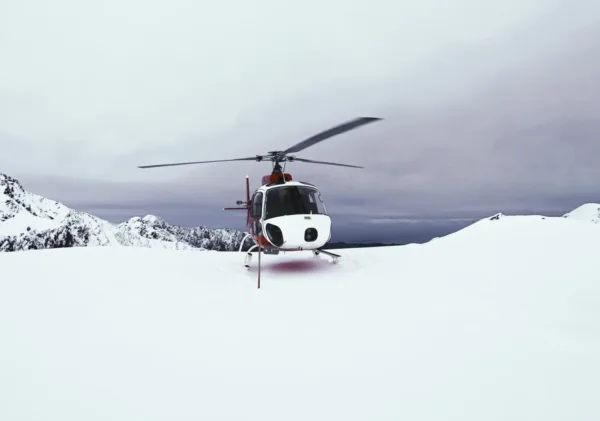
Rapid temperature changes are among the first challenges to tackle in winter. Sudden variations can affect air density and, consequently, helicopter performance. Pilots must be prepared to adjust their flight plans according to these fluctuations to maintain optimal control of the aircraft.
Frequent showers, often in the form of snow or freezing rain, add an extra layer of complexity. These precipitation events can lead to slippery runway conditions, requiring special attention to de-icing and snow removal procedures. Adhering strictly to these ground protocols is imperative to ensure safe takeoff and landing conditions.
Adapting the flight time according to winter conditions is another crucial measure. Shorter days and changing weather conditions can impact visibility and aircraft performance. Pilots must adjust their schedules accordingly, taking into account seasonal limitations to ensure the safety of aerial operations.
Adapting to the rigorous cold of winter requires thorough preparation, constant vigilance, and quick responsiveness from pilots. It’s a season where experience and mastery of winter-specific flying techniques are essential to overcome the unique challenges presented by this time of year. The ability to navigate successfully in these winter conditions ensures safe and efficient aerial operations.
Conclusion
Flying a helicopter throughout the seasons requires particular expertise. Anticipation, caution, and adaptability are key elements to ensure the safety and efficiency of flights. Each season presents its own challenges, but also opportunities for learning. For pilots who successfully master these seasonal adjustments, each flight becomes a rewarding experience where safety and performance converge. Aerial navigation thus becomes a true achievement, shaped by precise understanding of weather conditions and the ability to adapt agilely to changing elements.
CEFA is the European Center for Aeronautical Training specialized in helicopter pilot training. For any inquiries about our programs, feel free to contact us!
Would you like to explore the world of helicopter pilots? Contact us!
CEFA – Centre Européen de Formation Aéronautique
- Aérodrome de Reims-Prunay, 51360 Prunay
- [email protected]
- 07 49 94 35 32
Our office in Luxembourg
- 13-15, Rue de l'industrie L-8069 Bertrange Luxembourg
- [email protected]
- +352 2630761
Our training courses
Becoming a pilot in Europe and Canada
Become a pilot in Europe only
To become a pilot for personal pleasure
To convert your licence and fly in Europe


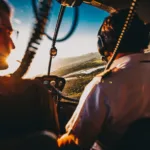

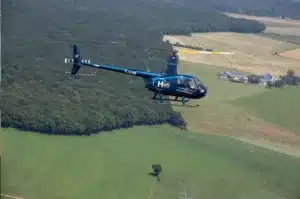

No comment yet, add your voice below!